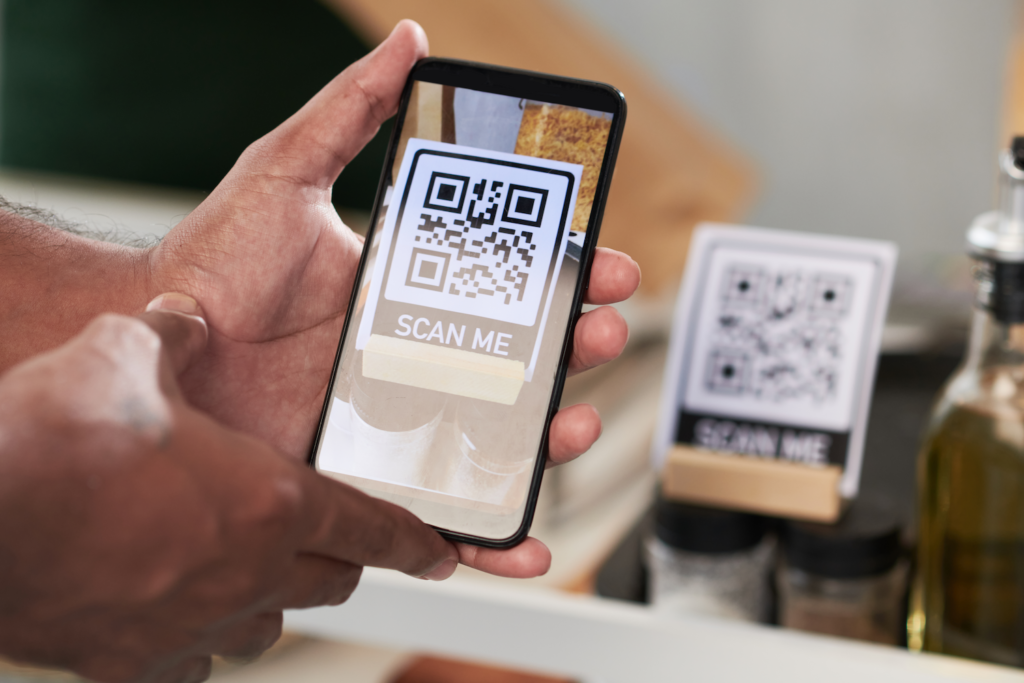In an era where technology seamlessly intertwines with our daily lives, one innovation stands out for its simplicity and remarkable versatility: the Quick Response (QR) code. But, exactly what are QR codes used for? Originally developed in the automotive industry for tracking parts, QR codes have now evolved into a universal tool.
These matrix barcodes have become an integral part of our digital landscape by offering a quick and efficient way to convey information. Almost every industry employs QR codes in their business model, from advertising and retail to education and manufacturing. They’re easy to make, easy to use, and virtually accessible everywhere.
In this blog, you’ll discover how QR codes on labels are not just symbols on packages and products. They are gateways to enhanced user experiences and streamlined business processes. So, before we delve into the different uses of QR code labels, let’s establish a bit of background.
Overview of QR Codes
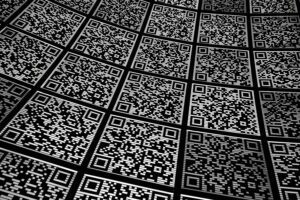
QR codes, short for Quick Response codes, are those square-shaped patterns you often see on products, advertisements, or even event tickets. Created in Japan in the ’90s, these codes were originally designed for tracking car parts. The beauty of QR codes lies in their ability to store information like website links or text.
You’ve probably noticed how they’ve become a part of our daily lives, especially since the pandemic. They grew in popularity as a touchless way of simplifying tasks with a quick scan using smartphones.
Their journey from industrial tracking to mainstream accessibility showcases their adaptability. Moreover, QR codes offer a faster and more efficient way to share information compared to traditional barcodes.
Static vs Dynamic QR Codes
There are two types of codes used for quick response: static and dynamic. Static QR codes contain fixed information that doesn’t change, making them suitable for consistent data like website links.
On the other hand, dynamic QR codes can be updated, allowing for more flexibility by enabling changes in the linked content without altering the code itself. This makes dynamic QR codes ideal for scenarios where information may evolve, such as event details, product inventory, or promotions.
How To Use a QR Code
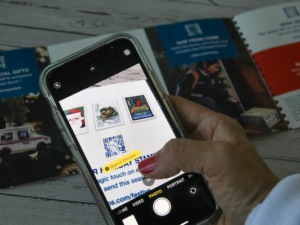
If you haven’t scanned one before, learning what are QR codes used for and how to use a QR code is a straightforward process that involves a few simple steps. Most smartphones, including those running on iOS and Android operating systems, have built-in QR code scanning functionality within their default camera apps.
First, when you encounter a QR code, open the camera on your smartphone. Position the camera so that it captures the QR code within the frame. Once the camera recognizes the code, you’ll typically receive a notification or prompt on your screen.
Then, click on the notification, and it will lead you to the associated content—whether it’s a website, video, or other information stored in the code. Voila! As technology advances, QR code scanning features on devices allow users to effortlessly interact with QR codes in their daily lives.
Now, let’s explore what QR codes are used for and how these little black-and-white squares became powerful technological tools.
What Are QR Codes Used For?
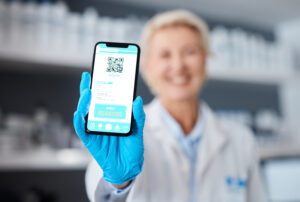
So, what are QR codes used for? Whether it’s linking to websites, sharing vital information, or guiding users through a virtual tour, QR codes act as versatile tools capable of accommodating different needs. Their adaptability makes them invaluable to the diverse demands of users and industries.
Here are some examples of how QR codes are used in different sectors today:
- In manufacturing processes, QR codes can link directly to digital work instructions, enabling operators to access real-time information about production schedules, specifications, and quality control measures.
- In retail, they streamline the purchasing process by linking directly to product information or facilitating secure transactions.
- Restaurants use QR codes for menu access, reducing physical contact and enhancing the dining experience.
- QR codes are strategically placed on industrial equipment to provide quick access to digital instruction manuals and guides.
- Real estate leverages QR codes for property tours and information dissemination.
- Healthcare relies on QR codes for patient records and appointment scheduling.
- The educational sector employs them for quick access to resources.
- In case of emergencies or unexpected issues with the machinery, QR codes on equipment labels can link directly to emergency response protocols.
These examples underscore how QR codes have revolutionized the way information is shared. Obviously, there are many other examples, but now you have a general idea of how they are used across industries.
5 Key Uses of QR Code Labels to Improve User Interaction

The integration of QR codes onto product labels represents a revolutionary step in enhancing the interaction between products and users. From detailed usage instructions to interactive content, QR codes on labels elevate the utility of product overlays. With this in mind, let’s go over a few of the various uses of QR code labels.
1. Linking to Instruction Manuals
QR codes streamline the user experience by providing direct links to digital instruction manuals. Consumers can easily access comprehensive guides, troubleshooting tips, and other relevant information at their fingertips. This eliminates the need for bulky printed manuals and ensures that users have the most up-to-date guidance.
2. Tutorial Videos
To elevate user engagement and training, QR codes on labels can link to tutorial videos showcasing product or machine usage. This visual aid enhances learning and serves as a valuable resource for consumers seeking to easily understand the product’s features.
3. Direct Link to Purchase Products
Importantly, QR codes seamlessly connect users to the digital marketplace by enabling direct links to product purchase pages. Consumers can swiftly transition from inspecting the label to making a purchase, fostering a convenient and efficient buying process.
4. Emergency Contact Information for Troubleshooting
Additionally, QR codes play a crucial role in enhancing customer support by linking directly to emergency contact information. In case of issues or queries, consumers can promptly access relevant support channels. This ensures a swift resolution to concerns and bolsters overall customer satisfaction.
5. Traceability and Supply Chain Management
Lastly, QR codes contribute to traceability and supply chain management by encoding information about a product’s journey from production to distribution. Furthermore, this transparency aids in quality control and ensures compliance with industry regulations.
As you can see, employing QR code labels on products and machines can greatly improve user interaction and customer satisfaction. Subsequently, this improves your brand image. It’s a win-win!
Why Businesses Should Implement QR Codes
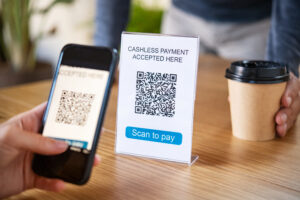
As we reflect on the transformative potential of QR codes on labels, there is a compelling call for businesses to fully embrace this technology. The integration of QR codes is not merely a trend, but a strategic leap towards enhancing customer engagement, optimizing operational efficiency, and staying ahead in a digitally driven market.
Embracing QR codes on labels positions businesses at the forefront of innovation. It demonstrates a commitment to providing enhanced value to consumers and maintaining a competitive edge in an ever-evolving landscape.
This technology presents an opportunity to elevate your products, redefine customer interactions, and streamline your operational processes. Whether you are in manufacturing, retail, or any other industry, integrating QR codes onto your labels can unlock a new dimension of user engagement and efficiency.
Embrace Advancements With Hallmark Nameplate
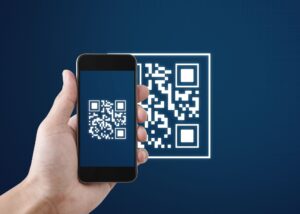
To facilitate this exploration, we are committed to providing resources and assistance in incorporating QR codes into your business. Our team at Hallmark Nameplate is here to offer guidance, answer questions, and provide the support needed to seamlessly integrate this transformative technology into your products.
From conceptualization to implementation, we aim to be your partners in harnessing the full potential of QR codes on your labels, products, machinery, nameplates, and more.
Contact us today for a FREE quote or visit our website to learn more about our services.

